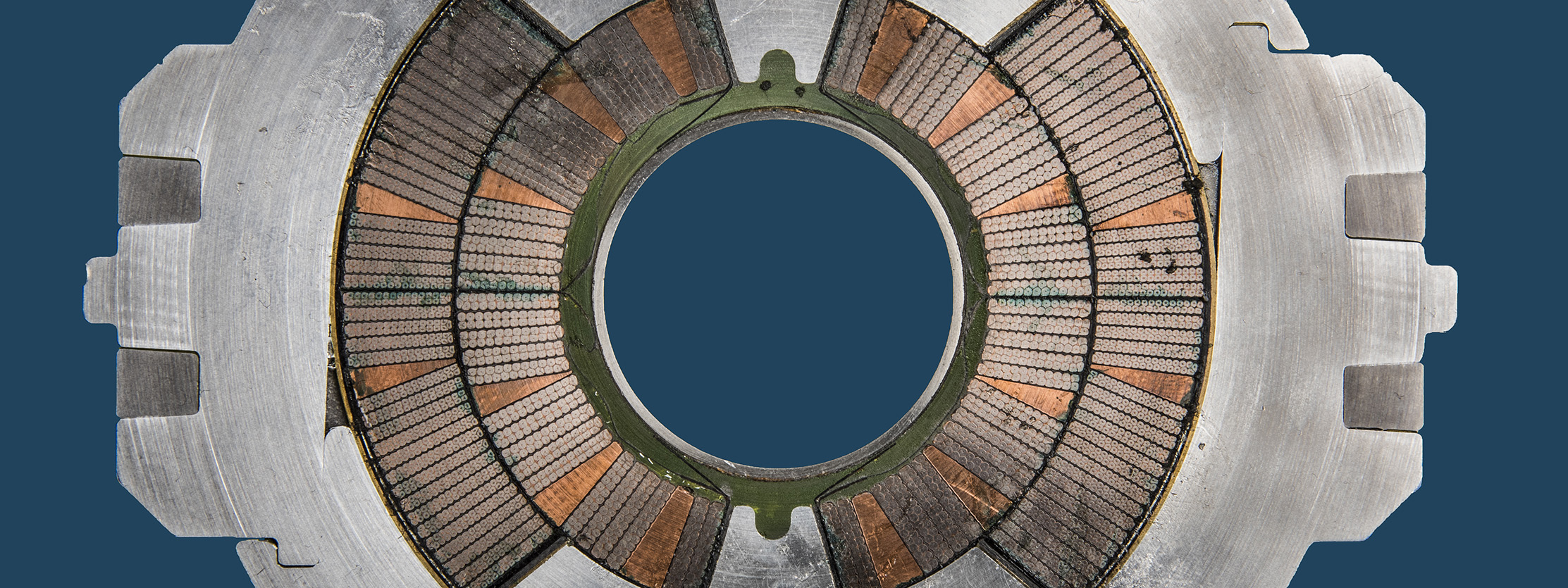ATAP’s Superconducting Magnet Program (SMP) creates evolutionary improvements and paradigm shifts in the design and application of superconducting particle accelerator magnets. The program provides innovative technology that enables new science and a wide range of applications, including exciting new fusion energy concepts and many other applications.
SMP leads the US Magnet Development Program, is a key member of the LHC luminosity upgrade project, and supports advanced magnetic fusion concepts. Within LBNL, it serves as the leading research element of the Berkeley Center for Magnet Technology.
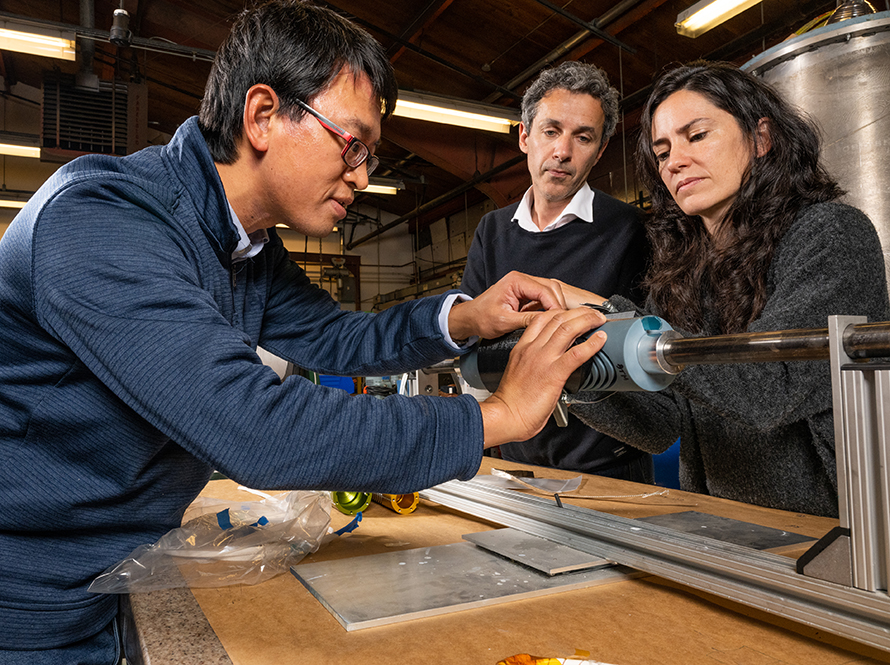
We are the lead lab for the multi-institutional USMDP, supported by the DOE Office of High Energy Physics. The program focuses on high-risk/high-reward R&D that extends the limits of superconducting magnet technology. SMP researchers are involved in all core USMDP elements, including stress-managed high-field accelerator magnet concepts, high-temperature superconducting magnets, advanced modeling and analysis, and novel diagnostics and instrumentation. We also coordinate the Conductor Procurement and R&D element of the USMDP.
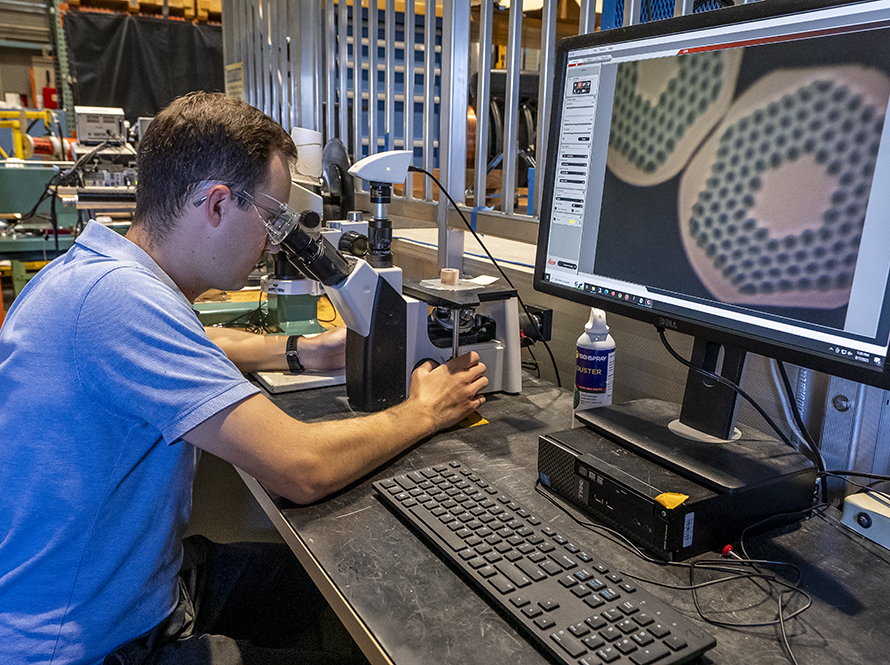
CPRD is part of the USMDP and supports the development and industrialization of cost-effective, high-performance superconductors for the next generation of high-energy physics (HEP) colliders. We manage this industry-based program for the DOE Office of High Energy Physics. It supports R&D that enables an improved understanding of the factors influencing conductor performance and cost and the procurement of commercial superconductors to support USMDP work.
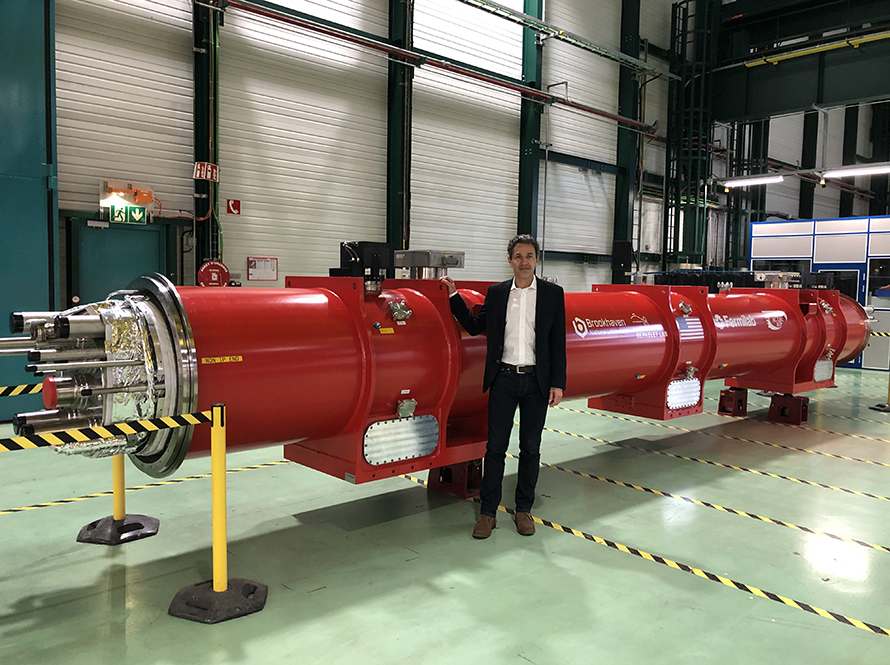
Major accelerators are repeatedly upgraded over the years, maximizing the scientific return on the investment. A major US contribution to the upgrade of the LHC is the delivery of half of the interaction region focusing quadrupoles. Working closely with Brookhaven National Laboratory and Fermilab (lead lab for the AUP), we produce all superconducting cables, procure all major magnet structural components, and assemble and “load” the magnets before testing.
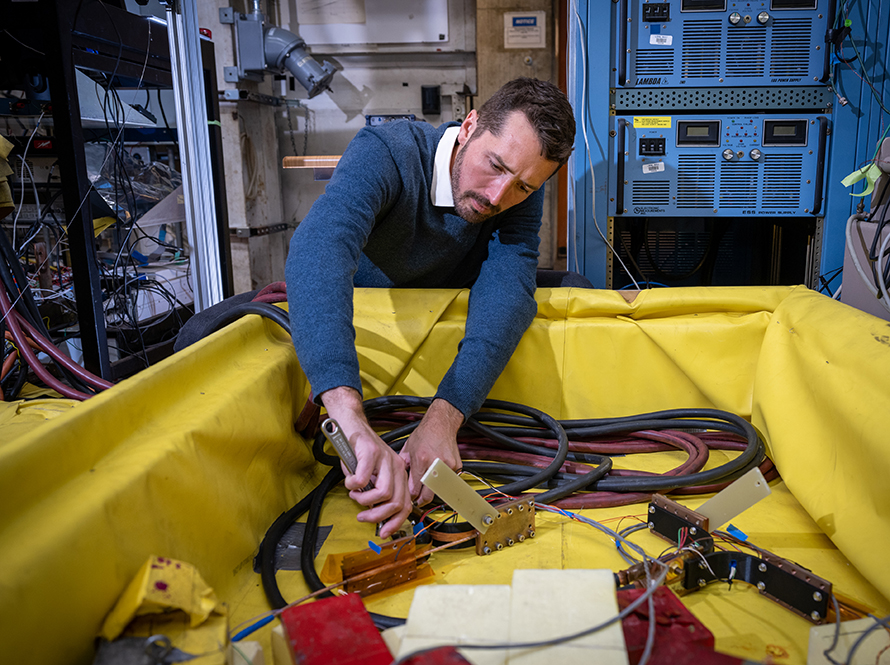
Fusion has the potential to revolutionize the energy supply. Magnets using high-temperature superconductors are a cornerstone technology for compact, high-magnetic-field fusion machines that are currently under intense development by private industry. We are helping explore the potential of this technology with support from the DOE Office of Fusion Energy Sciences and public-private ventures.
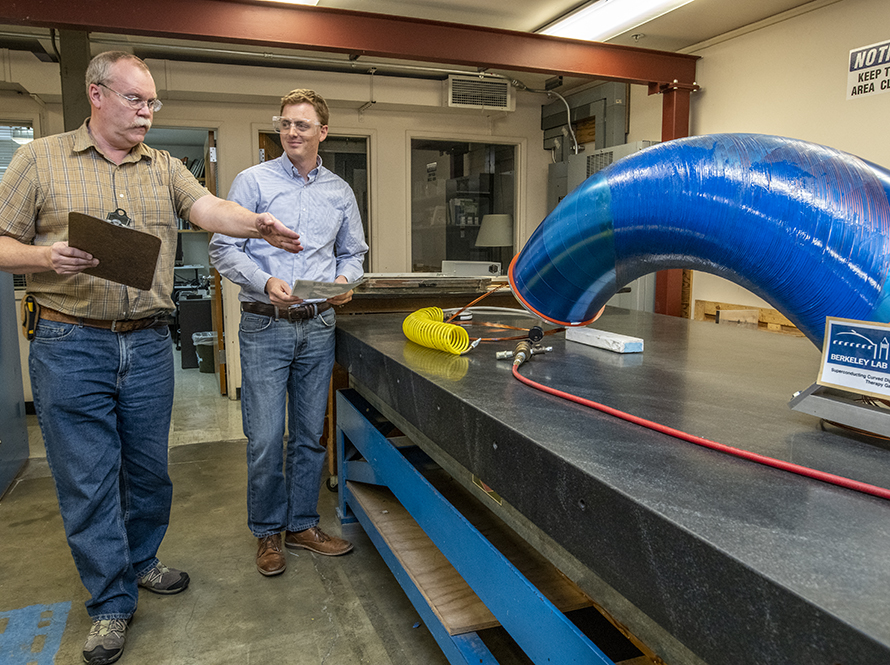
Advanced magnets are essential in many research areas, enabling technology to access new physics. The skills and technologies we developed for high-energy physics benefit fields ranging from medical therapy to nuclear physics. We provide advanced magnet support for a wide range of DOE projects and industry and partner with industry for technology transfer.

A joint enterprise of SMP and the Engineering Division, the BCMT provides a unifying framework for Berkeley Lab expertise, technologies, and project management capabilities in advanced normal-conducting, superconducting, and hybrid magnetics in support of the DOE mission. Its products include accelerator lattice magnets, permanent-magnet and, hybrid insertion devices for synchrotron light sources and free-electron lasers, and other advanced devices.
